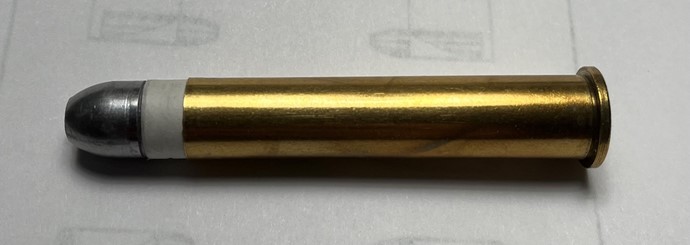So let me ask a stupid question here. I have read that for the most accurate BPCR loads, one should use a powder drop tube to get more powder into a case. If I trickle in 90gr of FFG powder into a 45-90 case through a drop tube, and then compress the powder with a compression plug to a depth of .30" from the case mouth, why not just put 90 gr in there and compress it. It seems the drop tube is pointless if powder compression is used after it.
90 grains is 90 grains. I have gained nothing by using a drop tube. Yet, there are those who swear by a drop tube even when compressing. Comments?
With rifle in hand, I confidently go forth into the darkness.



















